1. Ordering Food Through an App
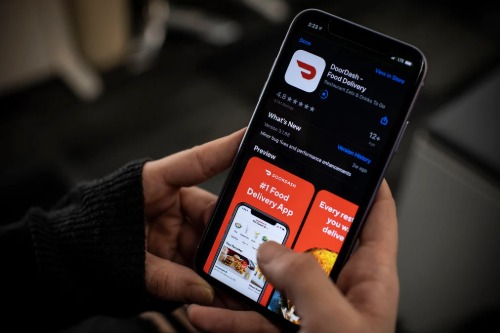
In the ’90s, if you wanted takeout, you either called the restaurant or physically went there. Now, apps like DoorDash, Uber Eats, and Grubhub let people order food with just a few taps. It’s normal to scroll through hundreds of options, pick a meal, and have it delivered to your doorstep without talking to anyone. The idea of pressing a button and getting sushi or tacos delivered within minutes would have sounded futuristic back then.
This habit has completely changed how people eat, especially in cities where time is money. Many Americans now rely on delivery apps multiple times a week, even for simple things like coffee or groceries, according to Andrew McCarthy from DoorDash. Restaurants have adapted by offering “ghost kitchens,” which only serve delivery customers. While convenient, this shift has also led to higher costs, increased packaging waste, and fewer traditional dining experiences.
2. Checking Social Media Constantly
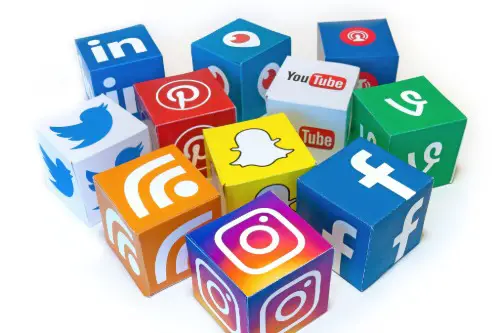
In the early ’90s, if you wanted to know what your friend was up to, you had to call them or see them in person. Now, millions of Americans check Instagram, TikTok, or Facebook the moment they wake up. Scrolling through an endless feed of photos, opinions, and memes has become a daily reflex. It’s hard to believe, but in 1994, the idea of “likes” and “followers” didn’t exist at all.
The rise of smartphones made social media an all-day habit, replacing face-to-face interactions in many cases. People now share their meals, workouts, and even their struggles in real time with strangers online. Instead of asking someone how they’ve been, we often already know from their latest post. This constant connection has changed everything from relationships to mental health, according to Kristeen Cherney from Healthline.
3. Paying for Subscriptions Instead of Owning Things
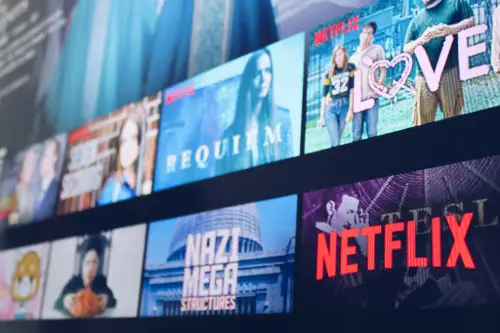
Thirty years ago, you bought CDs, DVDs, and software, and they were yours forever. Now, Americans subscribe to everything—music (Spotify), TV (Netflix), software (Adobe), and even cars (Tesla’s Full Self-Driving), according to Ben Cohen from The Wall Street Journal. The idea of paying monthly instead of owning outright has become normal, even for things like razors or dog food. Instead of having a shelf full of movies or albums, everything lives in the cloud.
This shift has changed spending habits, often making people feel like they’re renting their entire lives. While subscriptions offer convenience and access, they also mean never-ending payments. Many people don’t realize how much they’re spending across all their subscriptions until they check their bank statements. As more companies embrace this model, true ownership is becoming a thing of the past.
4. Streaming TV Instead of Watching Live

Back in 1994, if you missed your favorite TV show, you had to wait for a rerun or hope you remembered to set the VCR. Now, binge-watching entire seasons on Netflix, Hulu, or Max has replaced scheduled programming. People rarely “tune in” at a specific time anymore—everything is on demand. The idea of watching multiple episodes in a row without commercials was unheard of.
Streaming has changed how we consume entertainment, making patience almost unnecessary, according to Gary Drenik from Forbes. Viewers expect instant access to whatever they want, from old classics to new releases. Networks have adjusted by offering their own streaming services, creating more content than ever. As a result, the concept of “prime time” television is fading away.
5. Texting Instead of Calling
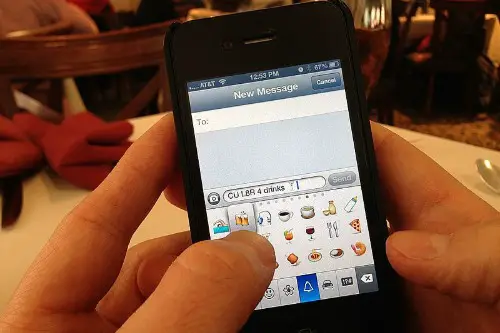
In the ’90s, if you needed to talk to someone, you picked up the phone. Now, texting has become the default way to communicate, even for important conversations. Many Americans avoid phone calls entirely, finding them intrusive or unnecessary. A quick “What’s up?” text has replaced the need for small talk or voicemail.
This shift has made conversations faster but also more impersonal. People now analyze text messages for hidden meanings, punctuation choices, or response times. Misunderstandings are common since tone doesn’t always come through in writing. While texting is convenient, some argue it has weakened our communication skills.
6. Working Remotely Instead of Going to an Office

In 1994, most jobs required physically being in an office from 9 to 5. Today, remote work has become the norm for millions, thanks to high-speed internet and video conferencing tools. Companies now hire employees across the country—or even the world—without requiring relocation. The idea of working in pajamas from your living room would have been shocking three decades ago.
This habit has reshaped work-life balance, making commutes optional and meetings virtual. Many workers appreciate the flexibility, but it also blurs the line between home and office. Some people struggle with motivation or feel disconnected from coworkers. While remote work is here to stay, it’s still an ongoing experiment in productivity and mental well-being.
7. Using Ride-Sharing Instead of Taxis
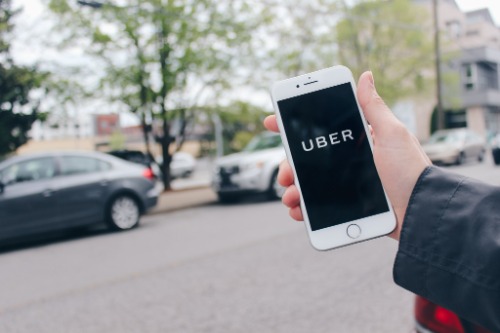
Hailing a cab used to be a skill, especially in big cities. Now, with Uber and Lyft, getting a ride is as simple as tapping an app. This habit has made transportation easier but has also disrupted the taxi industry. Many younger Americans have never even used a traditional taxi.
Ride-sharing has changed how people move around, making car ownership less necessary in urban areas. It has also sparked debates over driver wages, safety, and regulation. While convenient, it has led to an oversaturation of drivers, affecting traffic and pollution. Despite these issues, the idea of waiting on a street corner for a cab now feels outdated.
8. Watching YouTube for Learning and Entertainment

Thirty years ago, if you wanted to learn how to do something, you either read a book or asked someone for help. Now, millions of Americans turn to YouTube for tutorials, reviews, and entertainment. From fixing a sink to learning a new language, video content has replaced traditional how-to guides. Even kids now prefer YouTube over Saturday morning cartoons.
This habit has created a world where almost any skill is just a search away. At the same time, it has made short-form, fast-paced content the standard. Many people spend hours watching videos without realizing how much time has passed. While educational, it has also contributed to shorter attention spans.
9. Taking Photos of Everything with a Smartphone
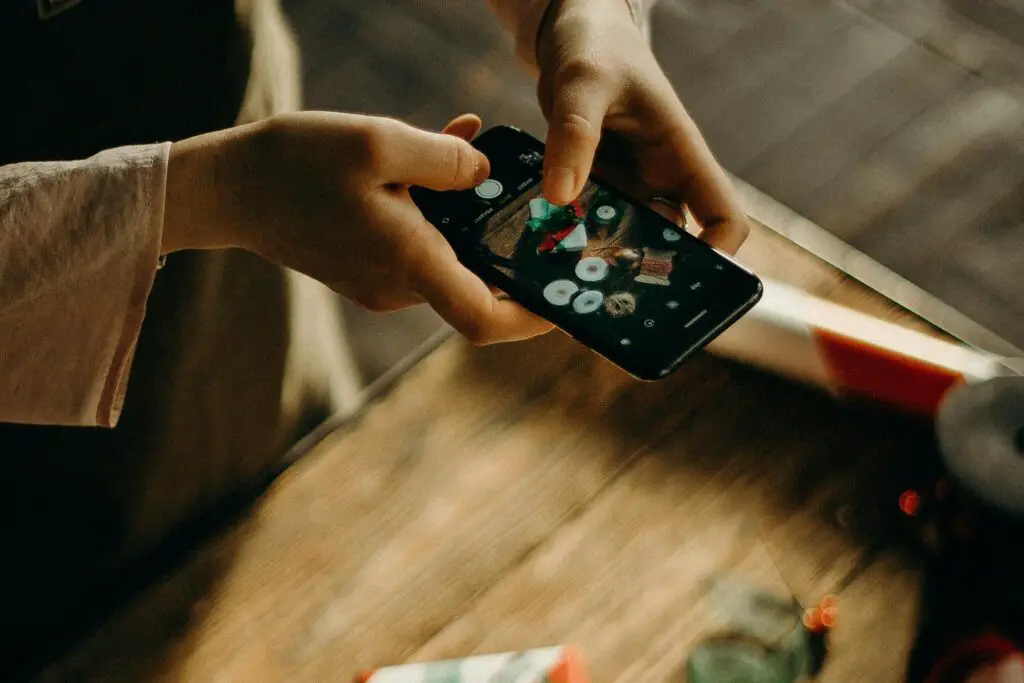
In 1994, taking photos meant carrying around a camera and waiting days to develop the film. Now, people snap pictures of their food, pets, and even receipts without a second thought. Smartphones have turned photography into a daily habit, with billions of photos uploaded every day. The idea of capturing every moment used to be reserved for special occasions.
This shift has changed how we remember experiences, often prioritizing documentation over living in the moment. Many people now see the world through their phone screens instead of their own eyes. Social media has amplified this, making photos a form of social currency. While convenient, it raises questions about privacy, memory, and the pressure to present a perfect life online.
10. Tracking Health with Wearable Devices
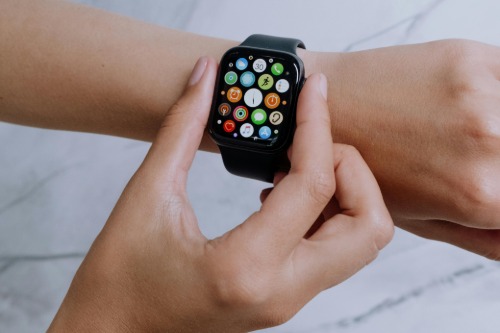
In the ’90s, if you wanted to count your steps, you had to estimate or use a basic pedometer. Now, smartwatches and fitness trackers monitor everything from heart rate to sleep quality. Many Americans check their devices daily to see how active they’ve been. The idea of constantly tracking personal health data would have seemed obsessive back then.
This habit has motivated people to be more health-conscious but has also created anxiety around numbers. Some people feel pressured to hit daily step goals or close their activity rings. The convenience of wearable health tracking has led to better fitness awareness. Still, it raises concerns about data privacy and over-reliance on technology for well-being.
11. Using Smartphones for Everything

In 1994, a phone was just a phone—it made calls, maybe stored a few contacts, and that was about it. Now, smartphones have replaced alarm clocks, cameras, calendars, flashlights, and even wallets. People use them for navigation, socializing, entertainment, and even managing their homes. The idea of carrying a device that does everything was pure science fiction back then.
This habit has made life more convenient but also more dependent on technology. Many Americans check their phones hundreds of times a day, often out of habit rather than necessity. The expectation to always be reachable has also blurred the boundaries between work and personal life. While smartphones keep us connected, they’ve also made it harder to unplug.
12. Shopping Online for Almost Everything
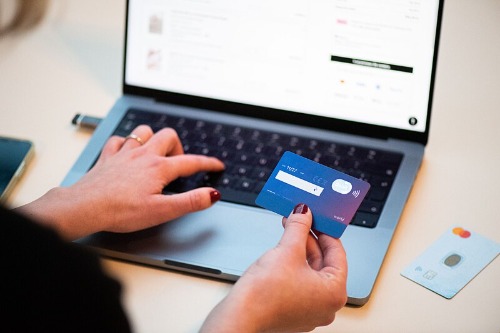
Thirty years ago, shopping meant going to the mall, flipping through catalogs, or calling in an order from a TV commercial. Now, Americans buy everything from groceries to furniture with a few clicks. Services like Amazon Prime have made next-day delivery an expectation, not a luxury. The idea of buying clothes or electronics without seeing them in person would have felt risky back then.
Online shopping has transformed retail, shutting down malls and changing how businesses operate. Many people no longer browse stores—they browse search results. The convenience is undeniable, but it has also led to impulse buying and endless package deliveries. While brick-and-mortar stores still exist, the dominance of online shopping is only growing.


